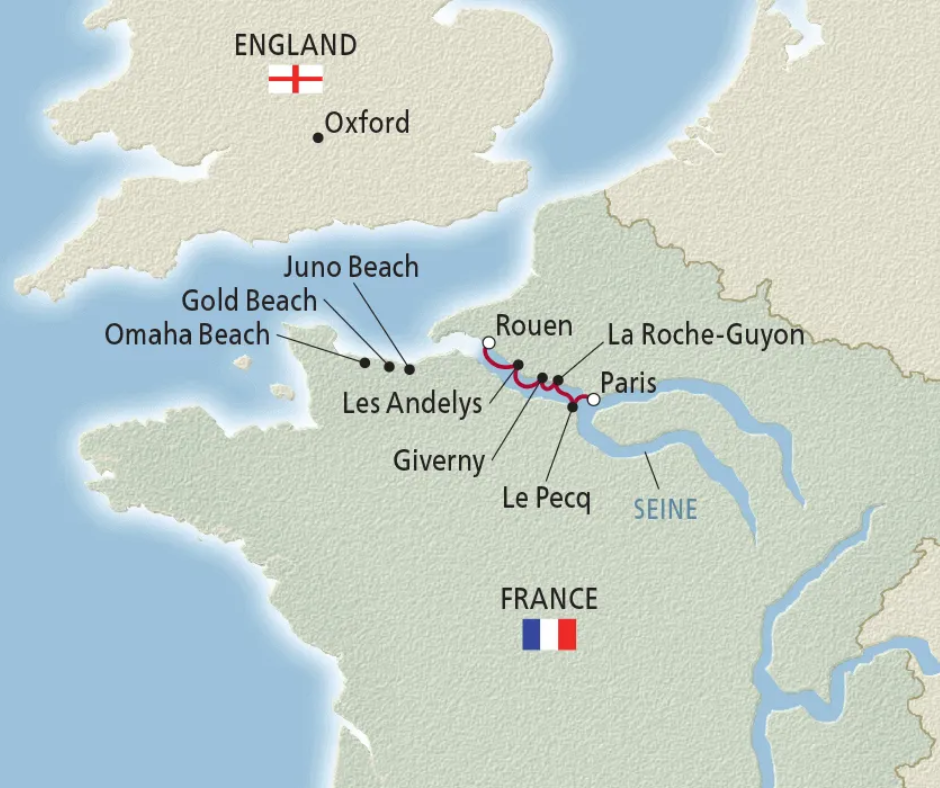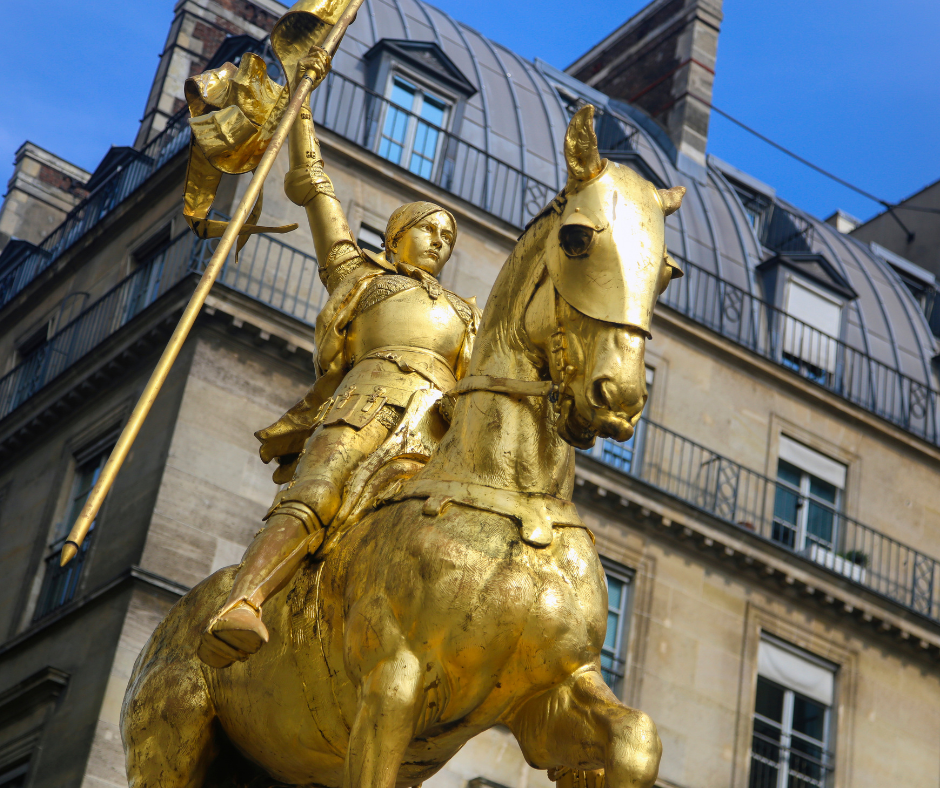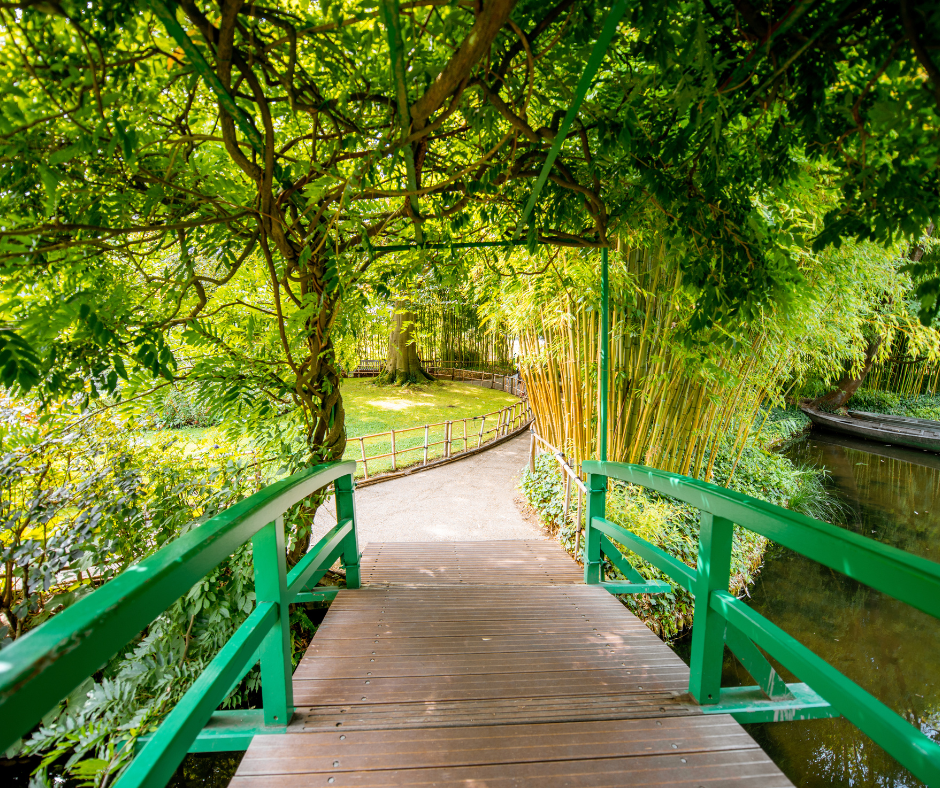Paris and the Heart of Normandy
Departs: 16 April 2026 | 8 Days | France
TOUR HIGHLIGHTS
- Explore Giverny and the charming house and gardens where Claude Monet lived and worked
- Admire views of the Eiffel Tower and a replica of the Statue of Liberty from your ship
- Visit the legendary D-Day beaches along the Normandy coast and the cemeteries
PRICE
From $5,595* per person, twin share in a Standard Stateroom

DAY 1 Paris, France
Embark your ship and settle into your stateroom. Long a hub of French culture and cuisine, Paris is one of the most romantic destinations in the world. Over the centuries, Parisian culture has been built on the wings of inspiration. Music, film, architecture, literature, dance and the visual arts all have their brilliant place in the museums, theatres, bookstores and remarkably preserved buildings of this magnificent city. At the centre of it all is the Champs-Élysées. With its inviting riverside promenade, graceful bridges and splendid views of all things Parisian, from the Eiffel Tower to the Louvre Museum
DAY 2 Paris, France
One of the most pleasurable activities in Paris is whiling away the time in one of the city’s outdoor cafés. Whether you are sipping a café au lait or a kir royal, there is no better way to feel like a Parisian. The hub of social and culinary life, cafés have been part of the city’s fabric since the 1600s. During the 20th century, literary and artistic figures—such as Ernest Hemingway, Colette and Pablo Picasso—famously met over drinks to share their works and ideas. Today, thousands of cafés line the pavements and squares to connect with France’s culture and history.
DAY 3 La Roche-Guyon and Vernon
The picturesque village of La Roche-Guyon lies within the verdant Vexin Français Regional Nature Park, bound between the meandering Seine River and a striking wall of white chalk. This idyllic setting is home to a number of historic monuments, including a 15th-century church dedicated to St. Samson; a 16th-century salt store; a public fountain presented to the village in 1742; and the town hall, inaugurated in 1847. The beguiling 12th-century Château de La Roche-Guyon, however, is undoubtedly the village’s most emblematic landmark, once capturing the attention of poet Victor Hugo, impressionist Claude Monet and composer Joseph Kosma, among many others. The castle and its breath taking surroundings still mesmerize all who visit it.
Vernon is a charming provincial town. Its cobblestone streets are reminiscent of the Middle Ages, and some of its half-timbered houses feature magnificent wooden carvings. The town was founded by the Viking Rollo in the 9th century, where an island in the Seine made for easy crossings. Because of its importance as a transit point between Paris and Rouen, the town was well fortified and frequently besieged. Ruins of its old medieval bridge still linger on the Seine’s right bank. The remains of La Château des Tourelles are the last surviving witness to that era.
DAY 4 Seine River
The Seine meanders through the mellow vistas of Normandy. As it makes its sleepy and serpentine way to the English Channel, it winds along for 240 miles from Paris, more than doubling the distance of a crow’s flight. As you sail, fertile fields unfurl toward groves of apple orchards, sources of the region’s famed calvados apple brandy. Norman cows graze the grassy meadows that help produce creamy Brie and Camembert. You will also gaze upon picturesque villages and historic abbeys on these bucolic banks.
DAY 5 Normandy, France
History focused its sights along the coast of Normandy, France—notably Omaha, Juno and Gold Beaches—on the early morning of June 6, 1944, as American, Canadian and British troops made landfall in their first European incursion during World War II. The entire operation was termed Operation Overlord, the code name for the invasion of Normandy. The remains of the concrete structures and steel causeway of Mulberry Harbour, built by the British, can still be seen on the beach near the village of Arromanches. The Arromanches Debarkment D-Day Museum presents animated 3D scale models to help visitors grasp this exceptional harbour and its contribution to the battle—considered perhaps the single greatest innovation that ensured victory for the Allies.
DAY 6 Les Andelys, France
Les Andelys is best known for its imposing castle overlooking the city, the Château Gaillard. Built in 1196 by Richard the Lionheart, the castle and the village’s strategic location bolstered the importance of Les Andelys throughout the Middle Ages. The town also gained notice for its Sainte Clotilde Miraculous Spring, where the wife of the first Frankish king, Clovis, turned well water into wine to serve the builders of her Benedictine monastery. Europe’s devout, upon hearing of the act, flocked here on pilgrimages until the end of the 19th century.
DAY 7 Paris, France
Long a hub of French culture, cuisine and architectural splendour, Paris is one of the most romantic destinations in the world. Over the centuries, Parisian culture has been built on the wings of inspiration. Music, film, architecture, literature, dance and the visual arts all have their brilliant place in the museums, theatres, bookstores and remarkably preserved buildings of this magnificent city. At the centre of it all is the Champs-Élysées. With its inviting riverside promenade, 37 graceful bridges and splendid views of all things Parisian, from the Eiffel Tower to the Louvre Museum, it is France’s most beautiful boulevard.
Life in Paris revolves around the Seine River, with 37 bridges crossing the river, each telling a story. Perhaps none are so extravagant as the Pont Alexandre III, a graceful span named for the Russian tsar who signed the Franco-Russian Alliance in 1892. Downriver, the five-arched Pont d’Iéna is beloved for its scenic location linking the Eiffel Tower to the Trocadéro district. The Pont des Arts, set between the Louvre and the Institute de France, was famed for its thousands of padlocks, attached by couples to the railing grate as a sign of their devotion to each other.
DAY 8 Paris, France
During World War II, occupied Paris became the centre for the Free French resistance movement. Unlike other French cities that were targets of Allied bombing raids, Paris escaped major damage and its many iconic landmarks, such as the Eiffel Tower and the Louvre, survived the war intact and can still be enjoyed today. Liberation came just two months after the D-Day landings in Normandy, when divisions of the French tanks and US infantry entered the city on August 26, 1944, culminating with an exuberant march, led by Gen. Charles de Gaulle, down the Champs-Élysées. After breakfast, disembark your ship and journey home.
Terms and Conditions apply, click here for details.




